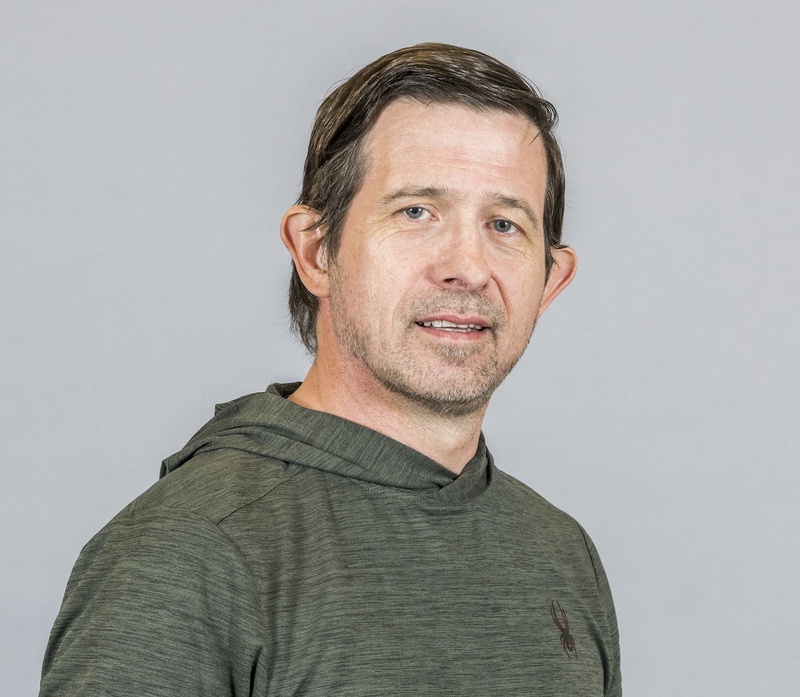Software Engineering Completeness Pyramid: Knowing when you are Done and why it matters
Peter Muldoon
In software engineering, declaring something done is deceptively simple but can be dangerously incomplete. Whether you're launching new features, resolving bugs or tackling systemic codebase issues, a shallow definition of "done" such as merely checking code into a repository can lead to bloated, brittle systems plagued by unchecked technical debt, poor maintainability and stalled feature progress.
True completeness in engineering goes far beyond functional correctness. It demands consideration of code quality, technical debt, refactoring, decommissioning, system reliability, and long-term strategic direction. Tactical fixes may patch symptoms, but sustainable engineering requires a broader, disciplined approach to change.
This talk introduces the Software Engineering Completeness Pyramid, a conceptual framework inspired by Maslow's Hierarchy of Needs that maps the levels of maturity required to deliver change effectively and sustainably. From bare-minimum code hacks to fully aligned, business-integrated systems, each tier represents a qualitative leap in engineering capability.
Attendees will learn how to:
- Use a framework for evaluating the true state of completeness of both your and others work
- Tools to identify and address gaps in quality, sustainability, and alignment
- Shift from reactive coding to intentional, strategic engineering
- A shared language for communicating clearly when work is genuinely done
- Insight into how maturity in engineering is reflected in your approach to change
By redefining "done" as a journey up the software engineering pyramid, this talk offers a path not only to better software, but to professional growth and long-term engineering impact aligned with business success.

Peter Muldoon
Pete Muldoon has been using C++ since 1991. Pete has worked in Ireland, England and the USA and is currently employed by Bloomberg as a senior Engineering Lead. A consultant for over 20 years prior to joining Bloomberg, Peter has worked on a broad range of projects and code bases in a large number of companies both tech and finance. Such broad exposure has, over time, shown what works and what doesn't for large scale engineering projects. He's a proponent of applied engineering principles, elegant solutions and expressive code.
